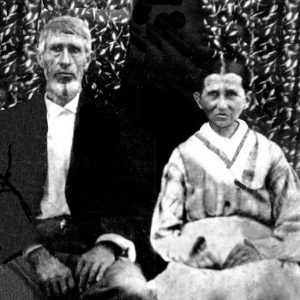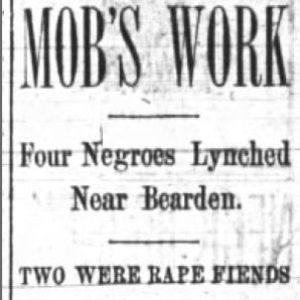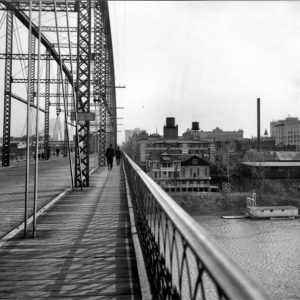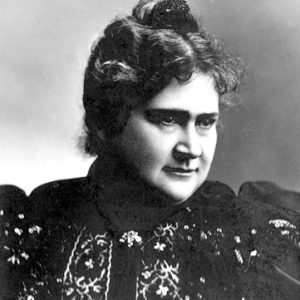Time Period: Post-Reconstruction through the Gilded Age (1875 - 1900) - Starting with F
 James Elison Foust and Harriet Knight Foust
James Elison Foust and Harriet Knight Foust
Frederick Hanger House
aka: Hanger House
Frederick, Bart (Lynchings Related to the Murder of)
 Frederick Lynching Article
Frederick Lynching Article
 Free Bridge
Free Bridge
 Free Bridge
Free Bridge
 Alice French
Alice French
Frenchman’s Mountain Methodist Episcopal Church and Cemetery
aka: Cato United Methodist Church and Cemetery
Frolich, Jacob
 Fulton Bridge
Fulton Bridge
Furbush, William Hines
 John Clinton Futrall
John Clinton Futrall




